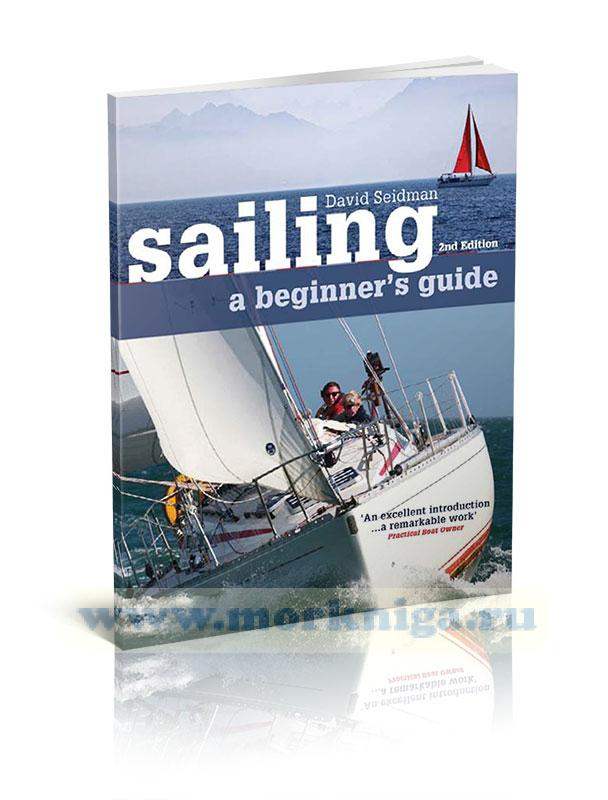Сб с 10 до 16
How to Choose the Right Yacht
См. также Купи свою яхту. Пошаговая инструкция по приобретению яхты
The first priority when buying a yacht is to decide just what your requirements are — and thus your expectations of what, after all, will probably turn out to be a very large financial investment. Are you planning a circumnavigation or do you prefer coastal cruising? Do you intend to race competitively occasionally, or not under any circumstances whatsoever? And - a decisive factor this, secondary perhaps only to that of price - do you have access to deep-water moorings or will the boat have to dry out between tides (for which either shoal or variable draft will be needed)? Once these matters have been settled, and they are bound to restrict the choice somewhat, it is clearly important to select the very best yacht available. However, because there are literally scores of designs on offer in each category or size range, many comparisons will have to be made before you can make your choice. Since boats that are superficially very similar can differ markedly in both performance and handling characteristics, this is not necessarily as straightforward as it might seem.
Advantages and disadvantages are not easy to weigh up simply by looking at each yacht, for there are numerous subtle aspects of design that distinguish an excellent product from one that is merely average. Admittedly, experience will make it easier to identify, with a degree of certainty, a boat that will be unmanageable or sluggish, but this evaluation process is rarely as instinctive as the intending buyer might be led to believe. An 'eye for a yacht' is not an innate characteristic; it is a skill that has to be acquired. Of course, most (if not all) intending purchasers will have read at least something of yacht design and the effect upon performance and seakindliness: magazine articles, test reports, even sales literature, are usually both interesting and informative. However, there are instances where such publications reveal more about the skills of journalist, copywriter and art editor than the skills of designer and boatbuilder. With sophisticated photographic techniques and wide-angle lenses (and also, dare to be said, a little judicious use of the airbrush), even the camera can lie!
Содержание
PREFACE
1 THE YACHT ITSELF
?Sailing performance
? Displacement
? Hull speed
? Stability
2 CRUISER OR DINGHY?
3 WHAT YOU READ IN THE BROCHURE
?Length
? Breadth
? Draught
? Freeboard
? Displacement as a weight
? Displacement as a volume
? Ballast
? Sail area
4 THE YACHT'S QUALITIES
?Fast sailing
? Sailing to windward
? Manoeuvrability and course stability
? Stiffness
? Wet or dry?
? Seaworthiness
? Behaviour at sea
? Accommodation
? Safety
5 CONSTRUCTION FEATURES: VIEWING YACHTS AT BOAT SHOWS
?Lateral plan
? Midship section
? Chine sections
? Keels
? Rudders
? Skeg and distance to the centre of gravity
? Bow shapes
? Stern
? Rigging
? Engines
? Propellers
6 MAKING COMPARISONS OF RATIOS AT HOME
?Length-beam ratio
? Sail area-waterline ratio
? Length-displacement ratio
? Sail area-displacement ratio
? Sail area-length ratio
? Sailing speed-waterline ratio
7 EVALUATING DIAGRAMS AT HOME
?Sailing performance diagram
? Qualities at a glance
8 PERFORMANCE DETAILS: TRIALS ON THE WATER
?Under sail
? Under engine
? Stability and metacentric height
? Stability comparison
APPENDIX
?Symbols and terms
? Beaufort wind scale
? Reading lines plans
? Cylinder coefficient
INDEX

 Практический английский язык для яхтсменов и всех, кто любит море и паруса
Практический английский язык для яхтсменов и всех, кто любит море и паруса  Sailing: A beginner's guide/Парусный спорт: гид для начинающих
Sailing: A beginner's guide/Парусный спорт: гид для начинающих